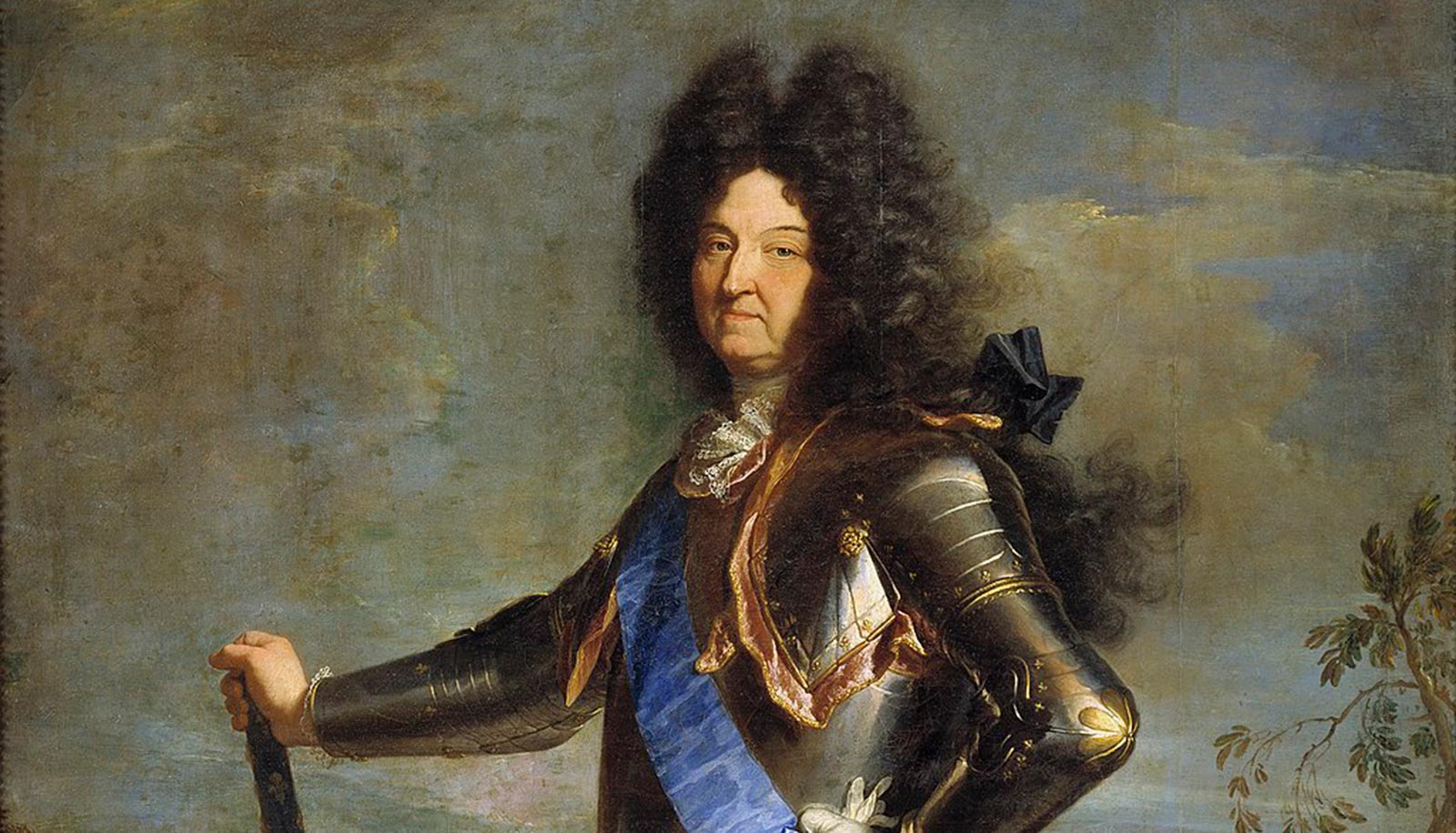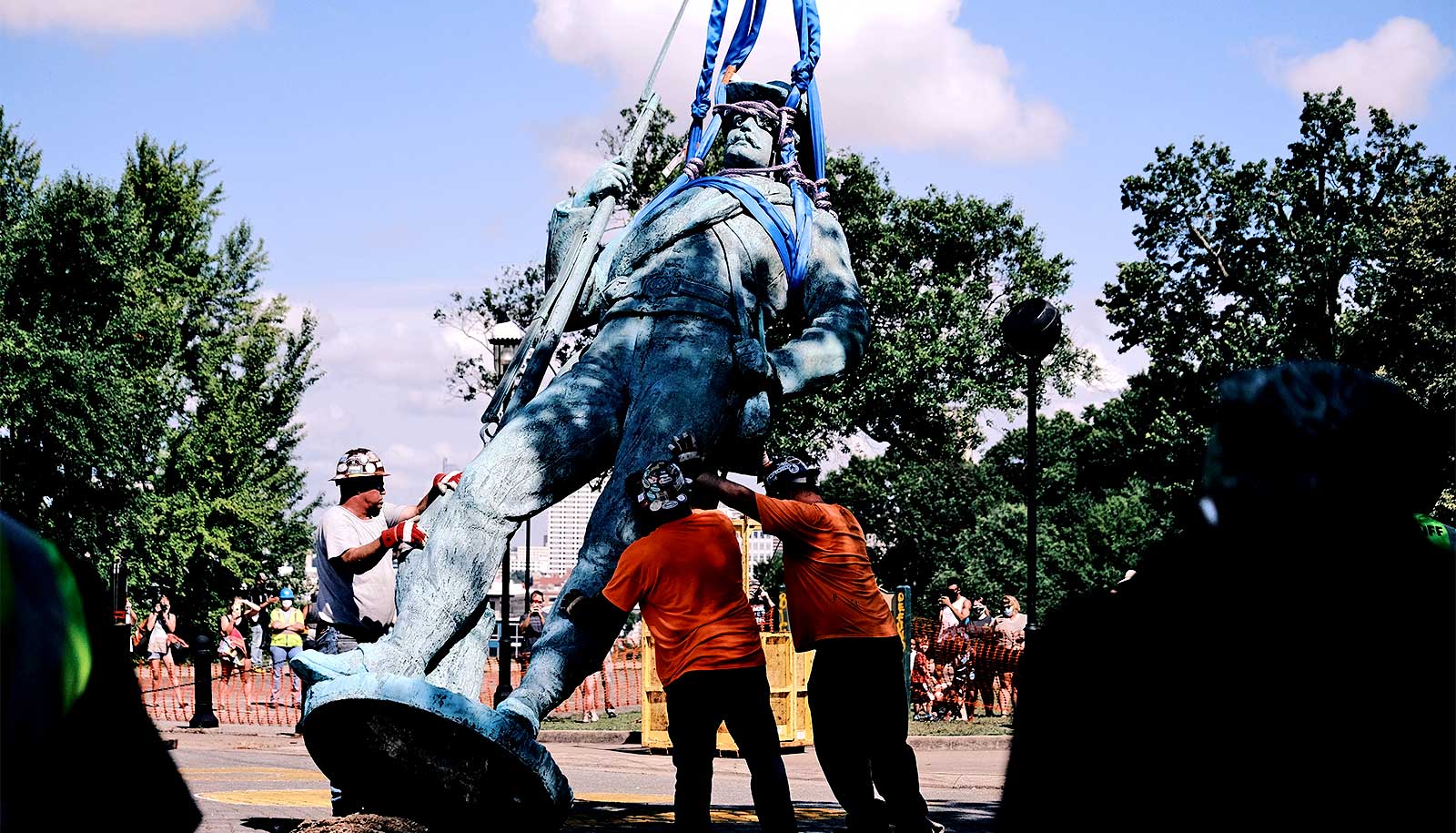A 16th-century French legal tenet said “there are no slaves in France,” but art history tells a different story.
The kingdom saw itself as one “whose very soil imparted freedom,” write New York University’s Meredith Martin and her coauthor, Case Western Reserve Professor Gillian Weiss, in The Sun King and the Sea: Maritime Art and Galley Slavery in Louis XIV’s France (Getty Research Institute Publications, 2021).
“Famously enforced in Paris to emancipate some of the Black Africans brought from the Caribbean during the eighteenth century, this abstract, widely cited principle applied neither to chattel slaves in overseas possessions nor to enslaved Turks who typically served on royal galleys for life.”

This deception was recognized in subsequent centuries—”Laughable maxim! Ostentatious lie! The chains of slavery were not broken in France,” wrote French historian Augustin Fabre, three years after the US Civil War. However, as Martin and Weiss observe, “for the next hundred and fifty years, the notion that France, unlike its Mediterranean neighbors, had confined its slaveholding to distant plantations in the Americas went mostly unquestioned.”
Their book comes at a time when many nations—including Portugal, Great Britain, and of course the United States, which continues to grapple with legacies of enslavement of Black and Indigenous people in the South and throughout the country—have intensified examinations of their troubling pasts.
And while many of these efforts center on the review of centuries-old records and other documents, France’s role in slavery has, in fact, been “hiding in plain sight,” explains Martin, an associate professor in NYU’s art history department and Institute of Fine Arts—specifically, in museums and even in Versailles.
In The Sun King and the Sea, Martin and Weiss consider how artists depicted slavery during the reign of King Louis XIV—and how those depictions upend misperceptions that remain today.
Their book seeks to challenge this persistent myth, largely by focusing on Mediterranean maritime art—that which depicted, and celebrated, Louis XIV’s rule, as exercised over the waterway that connected Europe, Africa, and Asia.
Here, Martin speaks about what her new book illuminates about art and the time periods in which they were created—and how leaders are navigating calls to remove controversial works while still preserving history:
Many may regard art as beautiful or awe-inspiring or as the product of both talent and dedication. But your book considers how works of art—along with other artifacts from the late 17th century—celebrated enslavement. How does your scholarship, and related research, inform how we process the conflicting nature of artistic expression?
Many of the most beautiful artworks of the past have an ugly history—whether that history is related to their mode of production, their financing, their provenance, or even their subject matter. That is the case with the painting that’s on our book cover, which represents Louis XIV enslaving Muslims and is in the Hall of Mirrors of Versailles. Yet very few accounts of the Hall of Mirrors mention this image. They focus instead on the larger, awe-inspiring portrayal of the king. This duality or this, as you say, conflicting nature of art and of culture more broadly, has been recognized for a long time—during World War II, philosopher Walter Benjamin famously wrote, “There is no document of civilization which is not at the same time a document of barbarism.”
But more recently, scholars as well as the general public have been paying more attention to this underbelly. And this particular conflict, which is something that Gillian and I explore in our book, tarnishes the Sun King’s glorious image to some extent, but it also gives us a much fuller and richer picture.
By taking that approach, what do you illuminate that was perhaps missed in the past?
I think in terms of the particular history of Mediterranean maritime art, the focus on works of the period has, for so long, been on Paris and Versailles—on what art historians considered to be monumental high art productions and works of painting and sculpture made for the capital, as opposed to these more ephemeral coastal productions made for the periphery, many of which don’t survive anymore. So it is shedding light on an aspect of history that had gone unrecognized or, to some extent, had been repressed. Even though they weren’t repressed at the time, this story had faded from view over the centuries.
You’ve written that Michel Serre’s paintings of the Great Plague of Marseille in 1720 “spotlight an ugly human tendency: to blame contagion on the same ‘foreigners’ who are often tasked with containing it.” But you also note that his works of enslaved Turks and Moors depict “them first and foremost as men, not monsters.” Was the art of period, then, both a justification of inhumane treatment as well as a manifestation of empathy?
It depends on the work of art that we’re talking about. In the case of Serre’s paintings, I think that what struck us, especially in light of COVID-19, was how fundamentally ambiguous they are and how they don’t seem to pose answers, but rather raise questions about the nature of humanity and about how we treat others during moments of crisis. Serre himself served as the head painter of the Royal Galleys for a number of years, so presumably he had sustained contact with enslaved rowers at the naval arsenal.
But this didn’t necessarily mean that he viewed them in a more empathetic light. And in fact, no one really seems to have been concerned about the health or safety of enslaved rowers during the Plague. What they were more worried about was the loss of a valuable labor force. But it’s true that at the same time, Serre doesn’t depict them as monsters or robots or brutes. And I think what he does, and what’s really powerful about the paintings, is that he opens up a space for his viewers, both then and now, to think about the individuals who are doing this terrible work.
You note that after the French Revolution in 1789, “France’s… history of enslaving Turcs retreated even further from view.” Yet this unsavory period remained a permanent fixture—even an applauded one—through its art. Do paintings, sculptures, and statues serve as vessels of the historic record in ways the written word cannot?
What we discovered in the course of our research is that on the one hand, yes, some historical subjects do seem to leave more visual rather than textual traces, and therefore serve as vessels of the historical record in a different way, at least in terms of their public visibility or accessibility. Though that doesn’t necessarily mean that they will be seen or interpreted in a certain light. Again, the painting of Louis XIV in the Hall of Mirrors is a good example. It’s a very public image that nonetheless had been invisible to most viewers.
But what I would also say is that it was only when Gillian and I put together the visual and textual record of this history—for example, when we juxtaposed that aerial view of a galley from a French maritime manual with a naval register noting the names and the physical attributes of enslaved rowers (shown below), which was produced right around the same time—that we really understood how profound and pervasive the representations of galley slaves were.
And this is not a conclusion that we could have come to on our own independently. Gillian is a historian whose research has primarily focused on archives and on texts, and I’m an art historian who’s been mainly concerned with images and objects. And we needed both types of expertise to kind of come to that realization.
With these works in mind, how do we balance our handling of controversial paintings or monuments in a way that doesn’t diminish our understanding of the past?
It’s a very difficult question, and it’s one that has clearly become more urgent over the past couple of years, not only in the US, but also in Europe—though the defacement or the removal of offensive imagery has also been a part of French public debate for a very long time, going back at least as early as the 1789 revolution. But in France, as in the US, it’s also become more pressing recently with debates about taking down monuments of historical figures like Jean-Baptiste Colbert, who was Louis XIV’s chief minister and who was also the architect of the Code Noir, which regulated slavery in France’s Caribbean colonies.
The French government has said that it would not remove monuments precisely on the grounds that it diminishes history. But at the same time, the government has pledged to look more deeply into the uglier parts of France’s past. And it’s also pledged to erect new memorials to the victims of slavery. For example, French President Emmanuel Macron gave a speech in 2020 asserting that France will not take down monuments as this erases history—but that it will build new ones.
Source: NYU


